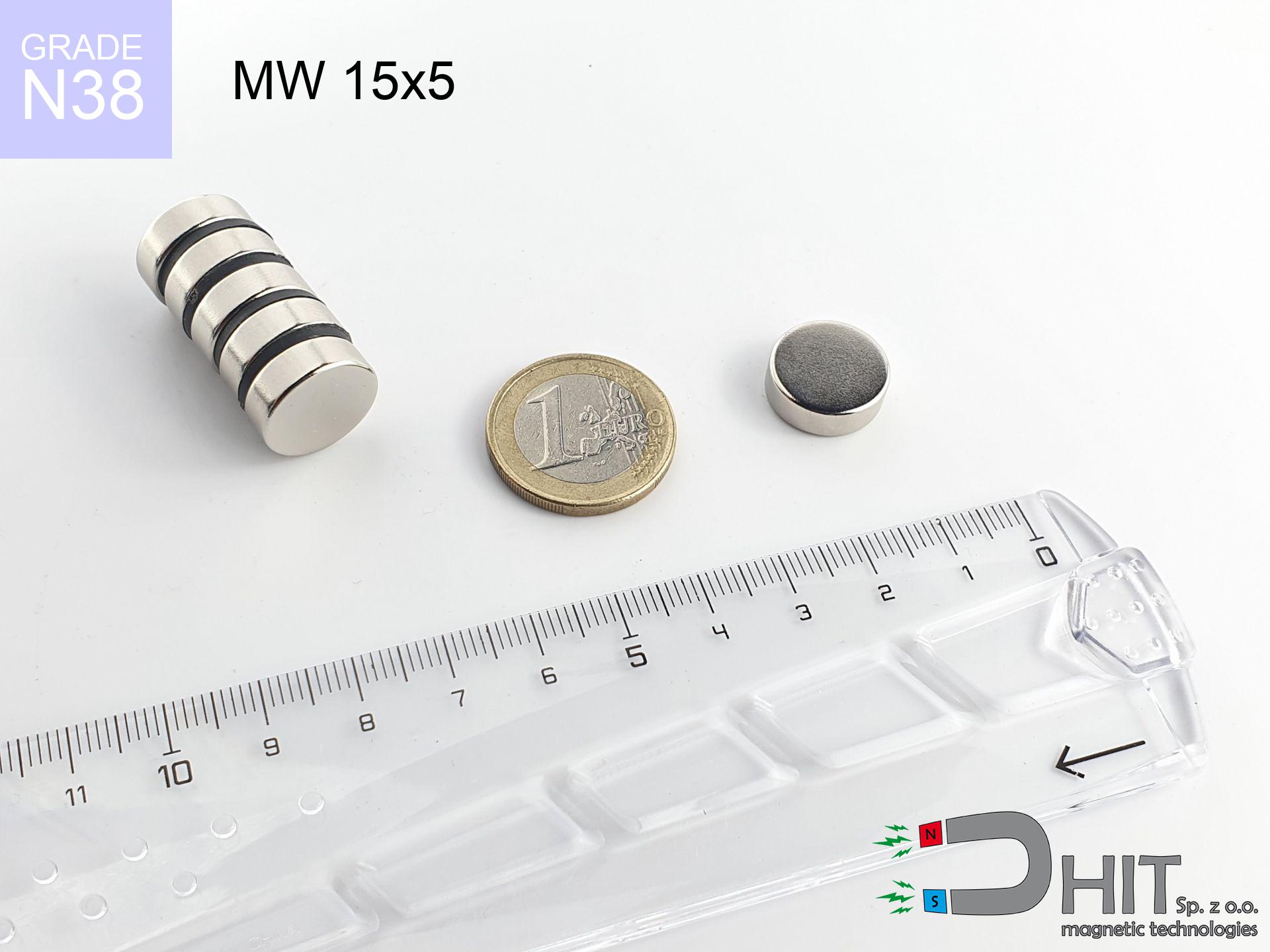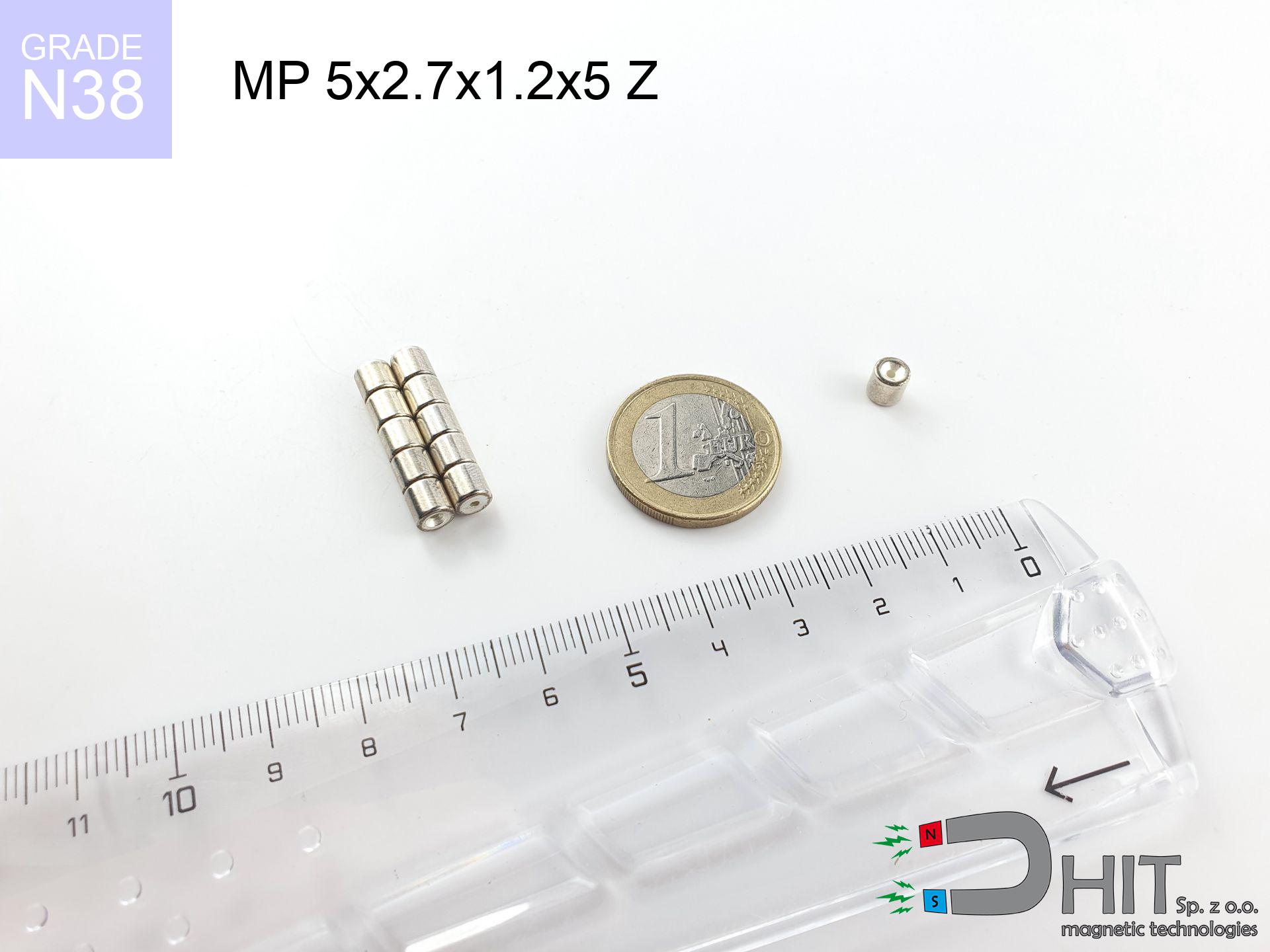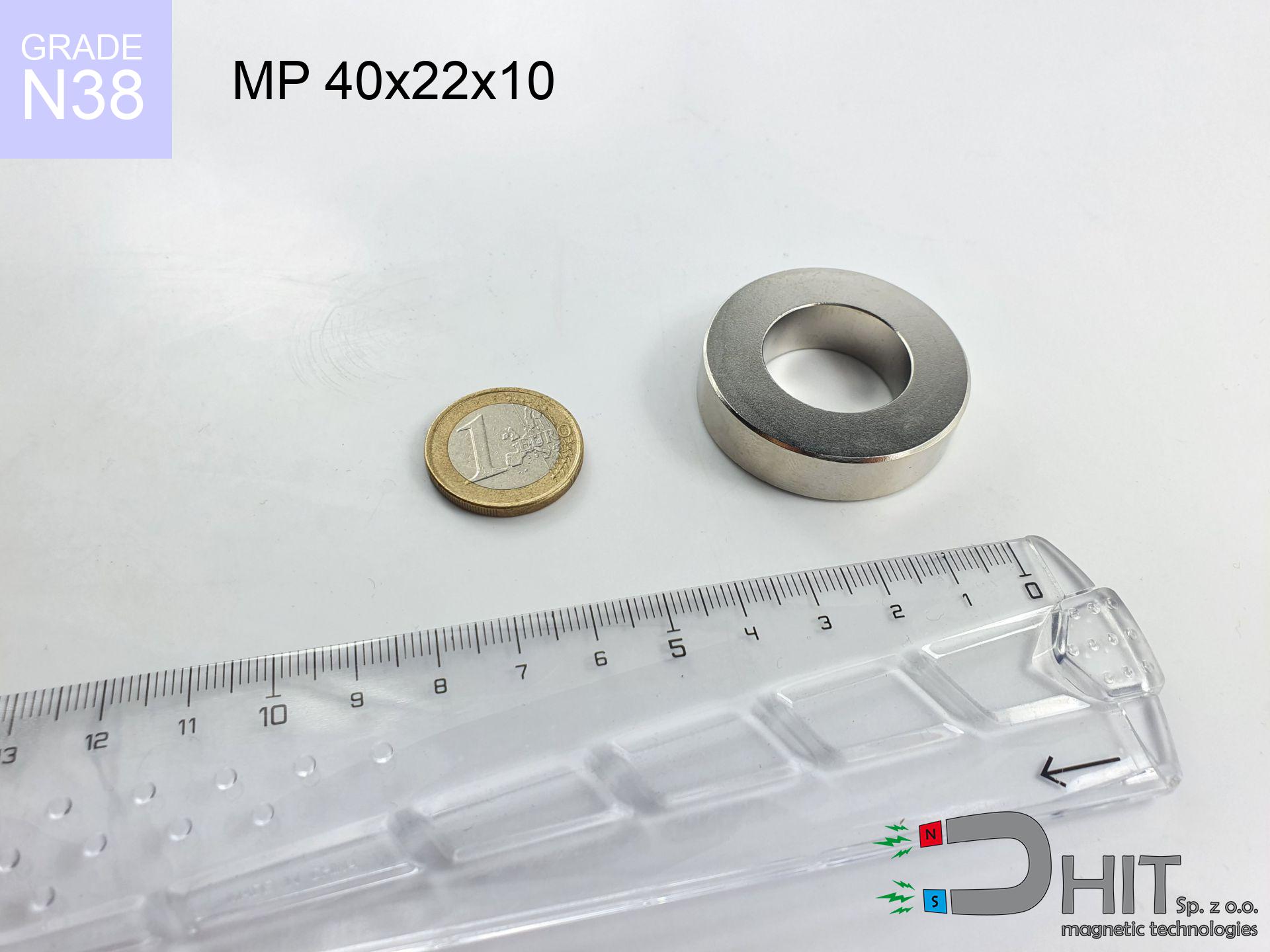UMT 12x20 green / N38 - board holder
board holder
Catalog no 230281
GTIN: 5906301814337
Diameter Ø
12 mm [±1 mm]
Height
20 mm [±1 mm]
Weight
3.5 g
Coating
[NiCuNi] Nickel
1.894 ZŁ with VAT / pcs + price for transport
1.540 ZŁ net + 23% VAT / pcs
bulk discounts:
Need more?Looking for a better price?
Give us a call
+48 888 99 98 98
if you prefer let us know via
request form
the contact form page.
Strength as well as appearance of a magnet can be tested using our
power calculator.
Orders placed before 14:00 will be shipped the same business day.
UMT 12x20 green / N38 - board holder
Specification / characteristics UMT 12x20 green / N38 - board holder
| properties | values |
|---|---|
| Cat. no. | 230281 |
| GTIN | 5906301814337 |
| Production/Distribution | Dhit sp. z o.o. |
| Country of origin | Poland / China / Germany |
| Customs code | 85059029 |
| Diameter Ø | 12 mm [±1 mm] |
| Height | 20 mm [±1 mm] |
| Weight | 3.5 g |
| Coating | [NiCuNi] Nickel |
| Manufacturing Tolerance | ±1 mm |
Magnetic properties of material N38
| properties | values | units |
|---|---|---|
| remenance Br [Min. - Max.] ? | 12.2-12.6 | kGs |
| remenance Br [Min. - Max.] ? | 1220-1260 | T |
| coercivity bHc ? | 10.8-11.5 | kOe |
| coercivity bHc ? | 860-915 | kA/m |
| actual internal force iHc | ≥ 12 | kOe |
| actual internal force iHc | ≥ 955 | kA/m |
| energy density [Min. - Max.] ? | 36-38 | BH max MGOe |
| energy density [Min. - Max.] ? | 287-303 | BH max KJ/m |
| max. temperature ? | ≤ 80 | °C |
Physical properties of sintered neodymium magnets Nd2Fe14B at 20°C
| properties | values | units |
|---|---|---|
| Vickers hardness | ≥550 | Hv |
| Density | ≥7.4 | g/cm3 |
| Curie Temperature TC | 312 - 380 | °C |
| Curie Temperature TF | 593 - 716 | °F |
| Specific resistance | 150 | μΩ⋅Cm |
| Bending strength | 250 | Mpa |
| Compressive strength | 1000~1100 | Mpa |
| Thermal expansion parallel (∥) to orientation (M) | (3-4) x 106 | °C-1 |
| Thermal expansion perpendicular (⊥) to orientation (M) | -(1-3) x 10-6 | °C-1 |
| Young's modulus | 1.7 x 104 | kg/mm² |
Other products
Strengths as well as weaknesses of rare earth magnets.
Apart from their consistent magnetism, neodymium magnets have these key benefits:
- They virtually do not lose power, because even after 10 years the performance loss is only ~1% (in laboratory conditions),
- They are resistant to demagnetization induced by presence of other magnetic fields,
- The use of an refined coating of noble metals (nickel, gold, silver) causes the element to present itself better,
- Magnetic induction on the working part of the magnet turns out to be impressive,
- Neodymium magnets are characterized by extremely high magnetic induction on the magnet surface and can function (depending on the form) even at a temperature of 230°C or more...
- Thanks to versatility in designing and the ability to modify to specific needs,
- Fundamental importance in high-tech industry – they are utilized in computer drives, electric drive systems, precision medical tools, also multitasking production systems.
- Thanks to concentrated force, small magnets offer high operating force, occupying minimum space,
Problematic aspects of neodymium magnets: application proposals
- At strong impacts they can break, therefore we advise placing them in special holders. A metal housing provides additional protection against damage and increases the magnet's durability.
- NdFeB magnets lose power when exposed to high temperatures. After reaching 80°C, many of them experience permanent weakening of strength (a factor is the shape as well as dimensions of the magnet). We offer magnets specially adapted to work at temperatures up to 230°C marked [AH], which are extremely resistant to heat
- They oxidize in a humid environment. For use outdoors we advise using waterproof magnets e.g. in rubber, plastic
- We recommend cover - magnetic mechanism, due to difficulties in creating nuts inside the magnet and complex forms.
- Possible danger resulting from small fragments of magnets pose a threat, in case of ingestion, which becomes key in the context of child health protection. It is also worth noting that small elements of these magnets can disrupt the diagnostic process medical when they are in the body.
- Due to complex production process, their price exceeds standard values,
Maximum magnetic pulling force – what contributes to it?
Magnet power was determined for ideal contact conditions, including:
- on a plate made of structural steel, perfectly concentrating the magnetic flux
- possessing a thickness of at least 10 mm to avoid saturation
- characterized by lack of roughness
- under conditions of gap-free contact (surface-to-surface)
- for force applied at a right angle (in the magnet axis)
- at room temperature
Determinants of practical lifting force of a magnet
Bear in mind that the application force may be lower influenced by elements below, in order of importance:
- Air gap (between the magnet and the plate), as even a very small distance (e.g. 0.5 mm) results in a drastic drop in lifting capacity by up to 50% (this also applies to paint, rust or dirt).
- Force direction – note that the magnet holds strongest perpendicularly. Under shear forces, the capacity drops significantly, often to levels of 20-30% of the maximum value.
- Wall thickness – the thinner the sheet, the weaker the hold. Magnetic flux passes through the material instead of generating force.
- Material type – ideal substrate is pure iron steel. Hardened steels may attract less.
- Smoothness – ideal contact is obtained only on smooth steel. Rough texture create air cushions, reducing force.
- Thermal environment – temperature increase results in weakening of induction. It is worth remembering the maximum operating temperature for a given model.
* Lifting capacity testing was performed on a smooth plate of suitable thickness, under perpendicular forces, however under attempts to slide the magnet the lifting capacity is smaller. In addition, even a minimal clearance {between} the magnet and the plate decreases the lifting capacity.
Warnings
Precision electronics
Note: rare earth magnets produce a field that disrupts sensitive sensors. Keep a safe distance from your mobile, device, and GPS.
Do not give to children
Strictly keep magnets out of reach of children. Ingestion danger is high, and the effects of magnets connecting inside the body are life-threatening.
Operating temperature
Control the heat. Exposing the magnet above 80 degrees Celsius will destroy its magnetic structure and pulling force.
Crushing risk
Watch your fingers. Two large magnets will snap together instantly with a force of massive weight, crushing everything in their path. Be careful!
Data carriers
Do not bring magnets near a wallet, laptop, or TV. The magnetic field can permanently damage these devices and erase data from cards.
Metal Allergy
Certain individuals experience a contact allergy to nickel, which is the common plating for NdFeB magnets. Prolonged contact can result in an allergic reaction. It is best to wear protective gloves.
ICD Warning
Life threat: Neodymium magnets can deactivate heart devices and defibrillators. Do not approach if you have electronic implants.
Safe operation
Before use, check safety instructions. Uncontrolled attraction can break the magnet or injure your hand. Think ahead.
Do not drill into magnets
Dust generated during cutting of magnets is combustible. Avoid drilling into magnets unless you are an expert.
Eye protection
Despite the nickel coating, neodymium is brittle and cannot withstand shocks. Do not hit, as the magnet may shatter into hazardous fragments.
Security!
Want to know more? Check our post: Why are neodymium magnets dangerous?








